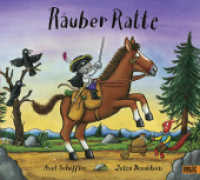Full Description
This book is a self-contained introduction to engineering and testing machine learning (ML) systems. It systematically discusses and teaches the art of crafting and developing software systems that include and surround machine learning models. Crafting ML based systems that are business-grade is highly challenging, as it requires statistical control throughout the complete system development life cycle. To this end, the book introduces an "experiment first" approach, stressing the need to define statistical experiments from the beginning of the development life cycle and presenting methods for careful quantification of business requirements and identification of key factors that impact business requirements. Applying these methods reduces the risk of failure of an ML development project and of the resultant, deployed ML system. The presentation is complemented by numerous best practices, case studies and practical as well as theoretical exercises and their solutions, designed to facilitate understanding of the ideas, concepts and methods introduced.
The goal of this book is to empower scientists, engineers, and software developers with the knowledge and skills necessary to create robust and reliable ML software.
Contents
1. Introduction.- 2. Scientific Analysis of ML Systems.- 3. Motivation and Best Practices for Machine Learning Designers and Testers.- 4. Unit Test vs. System Test of ML Based Systems.- 5. ML Testing.- 6. Principles of Drift Detection and ML Solution Retraining.- 7. Drift Detection by Measuring Distribution Differences.- 8. Sequential Drift Detection.- 9. Drift in Characterizations of Data.- 10. A Framework Analysis for Alternating Components and Drift.- 11. Optimal Integration of the ML Solution in the Business Decision Process.- 12. Testing Solutions Based on Large Language Models.- 13. A Detailed Chatbot Example.








